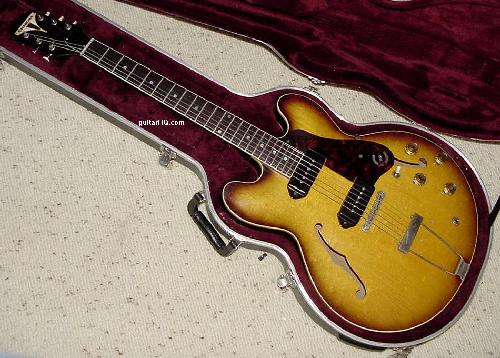One of the least understood components for enhancing electric guitar tone is the capacitor. Even for players who know what they are, capacitors are usually an afterthought. In fact, they’re one of the first things on your guitar you should consider upgrading.
What are they? A capacitor is an electrical energy device used to store energy and it can be found near the wiring controls under the pickguard or the body cavity of a guitar. Normally, guitars only have one capacitor, and there main function is to distribute stored energy equally into the capacitor.
Because capacitors can differentiate between high- and low-frequency signals, they’re used as electronic filters—and that’s how they’re used in guitars, through tone controls.
Tone controls can eliminate higher frequencies, significantly affecting the sound by resulting in a more mellow tone.
Generally speaking, the bigger the capacitor the darker the tone, and the smaller the capacitor the brighter the tone. A capacitor’s value, or capacitance, can give you an idea of just how it will affect tone, from slightly warm all the way to dark. Here are some guidelines:
A Quick Reference for Capacitor Values
| Capacitance (in UNITS) | Tonal quality |
| .01uF / .05uF | Bright, trebly |
| .047uF / .022uF | Beefy, good mid-range, minimal reduction in brightness |
| .1uF | Bassy, a hint of brightness |
Choosing a capacitor depends on your tonal preferences and needs. It’s not necessarily easy for someone to answer for you. But when I’m asked, I usually recommend a .047uF capacitor. It’s versatile, with a wide range of tone from beefy to bright, and can be easily adjusted using the tone control.
The right capacitor can transform your tone, dramatically and instantly. Before buying a new guitar, consider the much more cost-effective move of changing your capacitor.



















